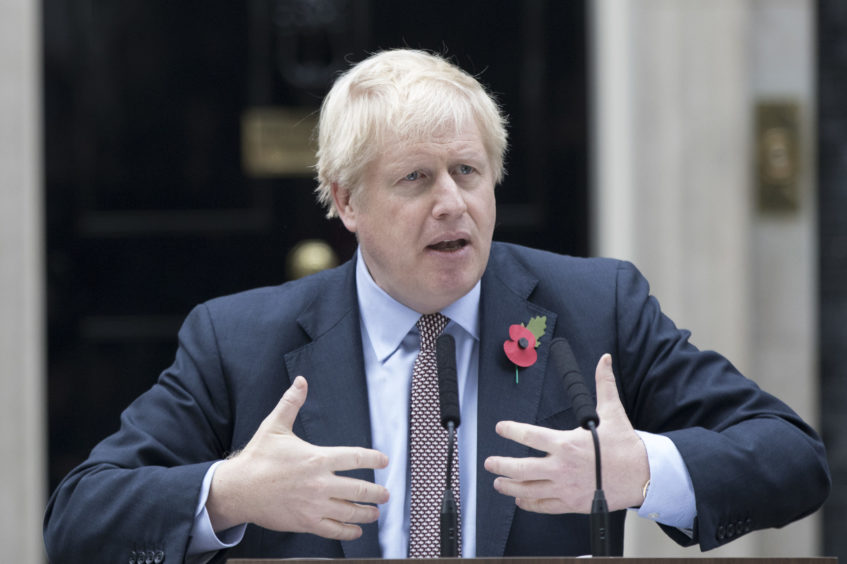
As part of plans announced during the launch of the COP26 climate conference, Boris Johnson has said a ban on the sale of new petrol and diesel cars in the UK will be brought forward to 2035.
– How many cars are on the road?
Approximately 97% of cars licensed in Great Britain as of 2018 are powered by either petrol or diesel, Department for Transport figures show.
There were 31.5 million cars licensed as of the end of 2018, with nearly 18.5 million of these cars petrol-fuelled and 12.3 million using diesel.
527,200 of the total were hybrid cars or plug-in hybrid cars (1.7%) and 64,900 (0.2%) were electric only.
– Which cars will be affected by the ban?
When the plan was first announced for 2040, it was expected that any model with an electrified element of its powertrain would still be allowed on sale.
Under the new earlier proposal, hybrid vehicles would also be banned from sale in the new car market and only fully electric and hydrogen fuel cell-powered vehicles would be exempt.
However, the ban does not apply to the sale of used cars, which are bought three times more often than new cars according to the Society of Motor Manufacturers and Traders (SMMT) figures. (2,311,140 new car registrations in 2019 to 6,130,762 used car transactions in the same year.)
– How many cars will be affected?
The government said that 2.3 million cars were registered for the first time in Great Britain in 2018, including some used cars imported from abroad.
More than 62% (1,459,800) of these cars were petrol, 31% (735,700) were diesel, 5.5% (128,100) were hybrids and 0.8% (17,800) were solely electric.
This means that 99.2% of cars licensed for the first time in 2018 could not be sold from 2035.
– What will happen with non-electric vehicles?
There are no current plans to force people out of their older petrol and diesel cars and into electric versions.
However, given that bans on petrol and diesel vehicles in city centres are being implemented including in parts of London, it is likely that it will become harder to drive traditionally-powered cars throughout the UK without issue.
RAC head of policy Nicholas Lyes said a lower cost of the cleaner vehicles and more charging points, particularly closer to people’s homes, would be needed to encourage drivers to make the switch.
Mr Lyes told the PA news agency: “The key barrier to getting more people into battery electric vehicles (BEVs) is cost.
“When the cost comes down and a large number of BEVs are on the UK’s roads, they become an easier choice for people looking to change their car.
“Of course, this needs to happen alongside improvements to the UK’s charging infrastructure. There are positive changes happening there, with more charging locations across the UK today than there are petrol stations.”
Industry groups have also said the average age of a car when scrapped is 14.2 years old, which means we will still see non-electric cars on the roads for many years after the start of 2035.
– Where will the new electric cars come from?
There are an increasing number of electric and hybrid vehicles on the market in the UK, however some in the industry have shown concern about the impact of the ban on car manufacturers and their employees.
According to the SMMT, 168,000 people were directly employed in vehicle manufacturing jobs in 2018.
SMMT chief executive Mike Hawes said: “It’s extremely concerning that government has seemingly moved the goalposts for consumers and industry on such a critical issue.
“Manufacturers are fully invested in a zero-emissions future, with some 60 plug-in models now on the market and 34 more coming in 2020.
“However, with current demand for this still expensive technology still just a fraction of sales, it’s clear that accelerating an already very challenging ambition will take more than industry investment.”